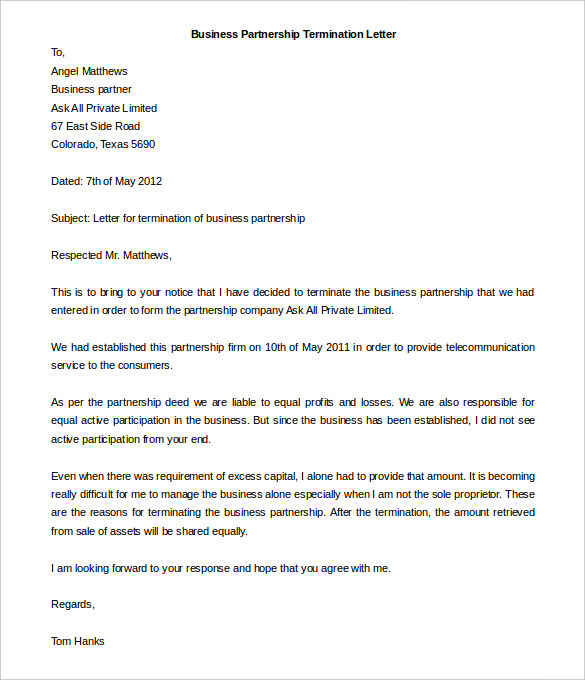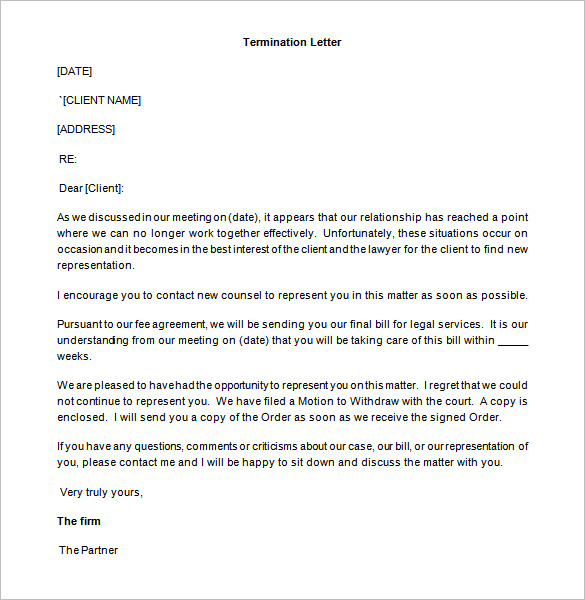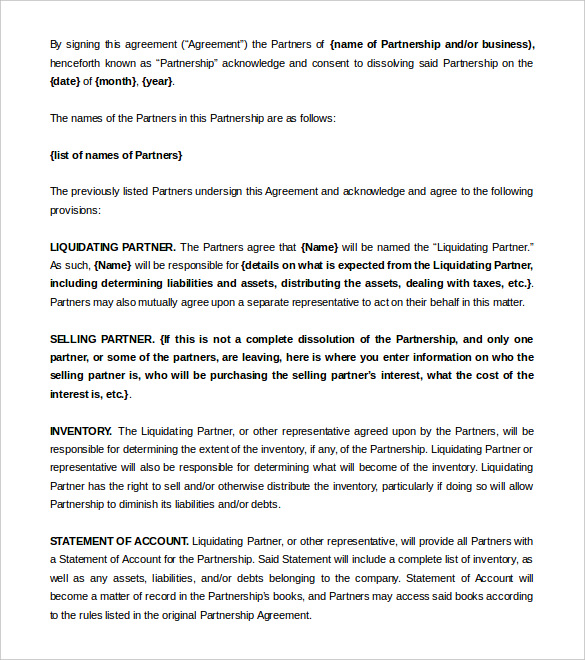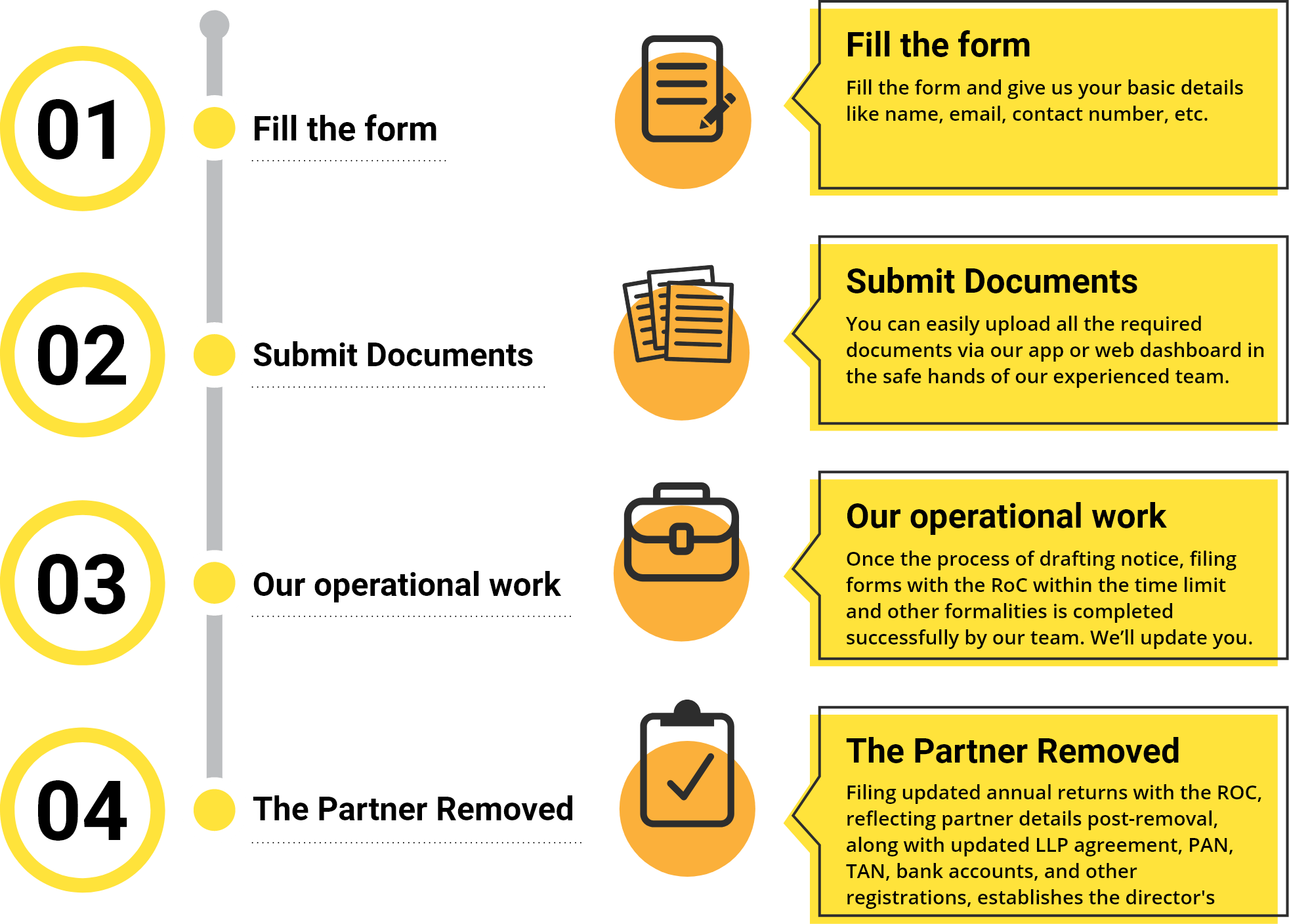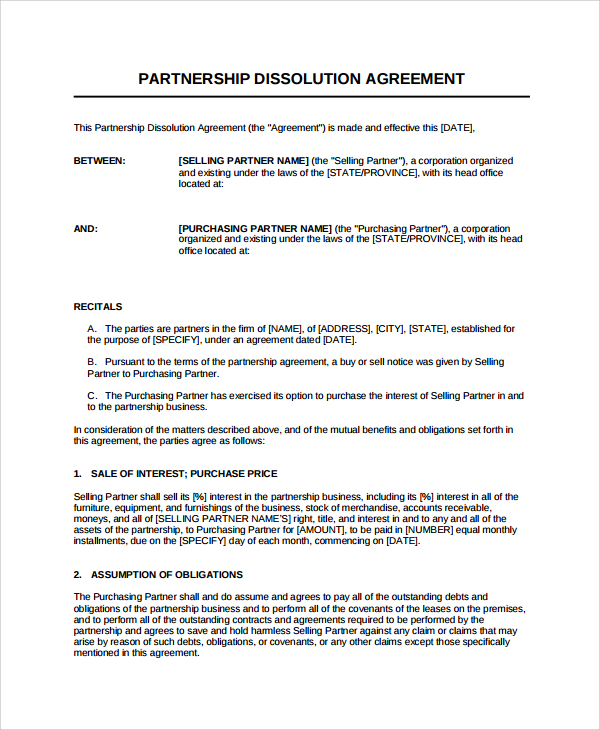How To Remove Partner From Business

Navigating the complexities of business partnerships often involves more than just shared success. Sometimes, circumstances necessitate the difficult process of removing a partner from the business. Understanding the legal and procedural steps involved is crucial for a smooth and equitable transition.
Removing a business partner is a significant decision, carrying potential legal and financial ramifications. The process varies greatly depending on the business structure, partnership agreement, and applicable state laws.
Understanding the Foundation: The Partnership Agreement
The first and arguably most important step is to thoroughly review the partnership agreement. This document, ideally created at the outset of the business, outlines the procedures for partner removal, buyouts, and dispute resolution.
Many agreements contain clauses addressing scenarios such as breach of contract, misconduct, or irreconcilable differences. If the agreement explicitly details the process, following it meticulously is paramount.
Without a comprehensive agreement, the process becomes significantly more complex and reliant on state laws, which may vary considerably.
Legal Considerations and Compliance
Consulting with a qualified business attorney is essential. An attorney can advise on the legal implications, ensure compliance with state and federal regulations, and help navigate potential disputes.
State laws often dictate specific procedures for dissolving partnerships or removing partners, especially in the absence of a detailed partnership agreement. These laws can cover aspects like valuation of the departing partner's share and the distribution of assets.
Failure to comply with these legal requirements can lead to costly lawsuits and further complications.
Initiating the Removal Process
The removal process generally involves a formal notification to the partner being removed. This notification should be delivered in writing and clearly state the reasons for the removal, referencing specific clauses in the partnership agreement or applicable state laws.
A meeting or series of meetings may be necessary to discuss the situation and attempt to reach a mutually agreeable solution. Mediation or arbitration can also be helpful in resolving disputes and avoiding litigation.
Accurate financial records are crucial for determining the value of the departing partner's share. A professional business valuation is often recommended to ensure fairness and transparency.
Buyout Options and Valuation
A common method of removing a partner involves a buyout, where the remaining partners purchase the departing partner's ownership stake. The valuation of this stake is a critical aspect of the process.
Several factors influence the valuation, including the business's assets, liabilities, profitability, and market value. The partnership agreement may stipulate a specific valuation method.
If a buyout isn't feasible, other options may include selling the partner's share to a third party or dissolving the business entirely.
Potential Challenges and Disputes
Disagreements over valuation, the reasons for removal, or the interpretation of the partnership agreement can lead to disputes. These disputes often escalate into litigation, which can be time-consuming and expensive.
Documenting all communications and decisions is essential to protect your interests. Maintaining a clear and professional approach throughout the process can help minimize conflict.
Seeking professional mediation or arbitration can provide a neutral forum for resolving disputes and finding mutually acceptable solutions.
Impact on the Business and Remaining Partners
The removal of a partner can significantly impact the business's operations, finances, and reputation. Planning for this transition is crucial.
The remaining partners may need to assume additional responsibilities or bring in new personnel to fill the gap left by the departing partner. A clear communication strategy is essential to reassure employees, clients, and stakeholders.
Consider updating the business's legal structure, contracts, and other relevant documents to reflect the change in ownership.
Seeking Expert Guidance
Navigating the removal of a business partner is a complex undertaking that requires careful planning and execution. Consulting with legal and financial professionals is highly recommended.
An experienced business attorney can provide guidance on legal compliance, draft necessary documents, and represent your interests in negotiations or litigation.
A financial advisor can assist with business valuation, financial planning, and tax implications related to the buyout or dissolution.
Ultimately, removing a partner from a business requires a strategic approach focused on legal compliance, financial transparency, and clear communication to ensure a smooth and equitable transition for all parties involved.






